Last Updated: 05/05/2025
What to feed Wild Australian Birds
Australia is home to some great birds, but it's important to know how and what to feed these amazing creatures!
Author: Dr Emilee Lay BVSc BSc (Vet) Hons
Reading Time: 4 minutes - short read
Australia is home to a diverse range of colorful, beautiful, wacky, and wonderful birds. It can be tempting to encourage these amazing creatures to call your yard home by offering food and shelter. Even though feeding wildlife is always done with good intentions, it can actually harm wild animals, as feeding wildlife can result in increased risk of disease, predation, and nutritional imbalances. Creating an urban sanctuary is a far more sustainable way to encourage native animals into your yard.
Feeding Wildlife - Disease and Disaster!
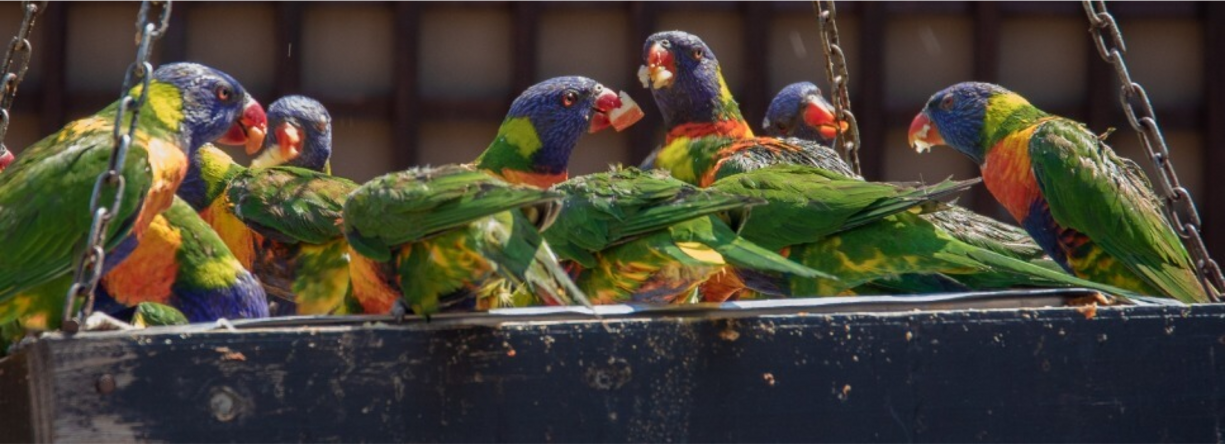
You should not be feeding wild birds. Native birds have adapted to the urban environment, and are able to seek feed as needed without having extra food on offer. It is important to note that although there is no legislation against feeding birds in your yard, your council may have guidelines about feeding birds on private property.
Feeding wildlife can result in high concentrations of birds in one area, skewing normal population demographics. Without frequent cleaning of your feeding station to remove waste and build up, this can result in increased transmission of disease between birds. It may also alter the population of birds in your yard, resulting in more aggressive birds outcompeting smaller, more timid species. This holds true to non-native invasive species, which will often outcompete the native birds you may be trying to attract. Rodents and pests attracted by food may also start to proliferate in your yard.
Access to the wrong foods can result in an imbalanced diet, causing long term health issues not only in the birds themselves, but also with their ability to breed and raise healthy offspring.
- Seed: All seed diets have severe with vitamin and mineral imbalances. Nectar-only diets lack the complex sugars and trace elements that honeyeaters and nectar-eaters derive from wild flowers and plants.
- Bread: Bread lacks balanced nutrition, and can cause nutritional deficiencies and bone deformities in growing birds, as well as contaminating the environment and waterways, increasing the risk of botulism - a life threatening disease seen in waterbirds, and any animal that drinks from an infected water source.
- Meat: Mince meat or dog food for our more carnivorous and omnivorous birds like kookaburras and magpies can cause metabolic bone disease, a type of mineral imbalance that causes painful skeletal deformities. This can lead to brittle beaks, abnormally shaped claws and bone fractures in both adult and growing birds.Â
How to Create an Urban Sanctuary
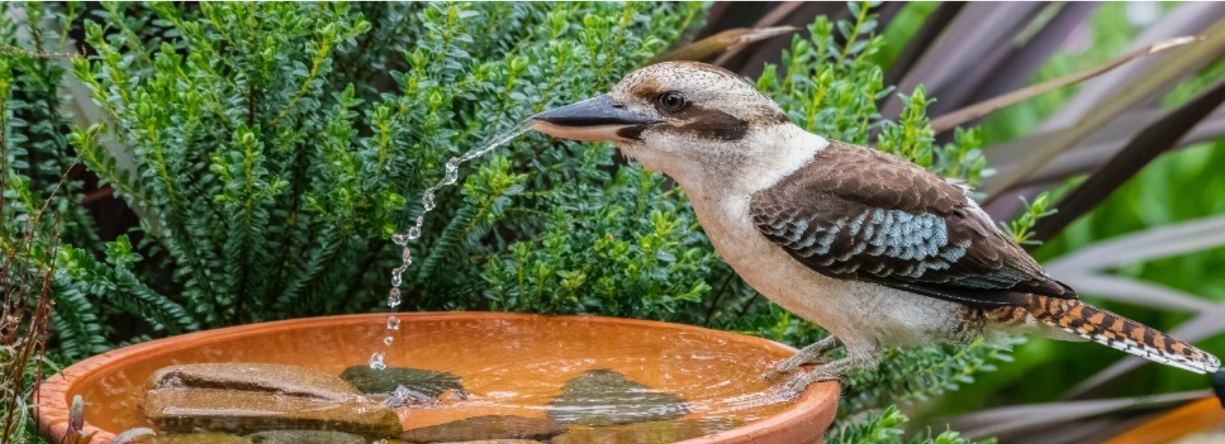
Safe Havens
It is far more beneficial to offer a âsafe havenâ for birds in your yard, and access to fresh water, than offering a feeding station. Speak to your local bird watching group or survey your yard to understand what kind of native and non native birds your yard attracts. Before creating a safe haven for birds, ensure that your cat is 100% indoors, and that you donât have neighbouring cats entering your property.Â
Water, Water, Water
When having water on offer in your yard, ensure that you have a variety of options on offer. Elevated bird baths - on a stand or even hanging from a tree can allow birds to feel safer. Shallow dishes closer to the ground should be placed near shrubbery/bushes so that birds who may feel threatened can dart for cover. Place stones or a ramp in the bird bath to allow birds to climb out of them easily as needed. Regularly cleaning of the bird baths and water bowls are needed to help remove waste and minimise disease.Â
Layers on Layers
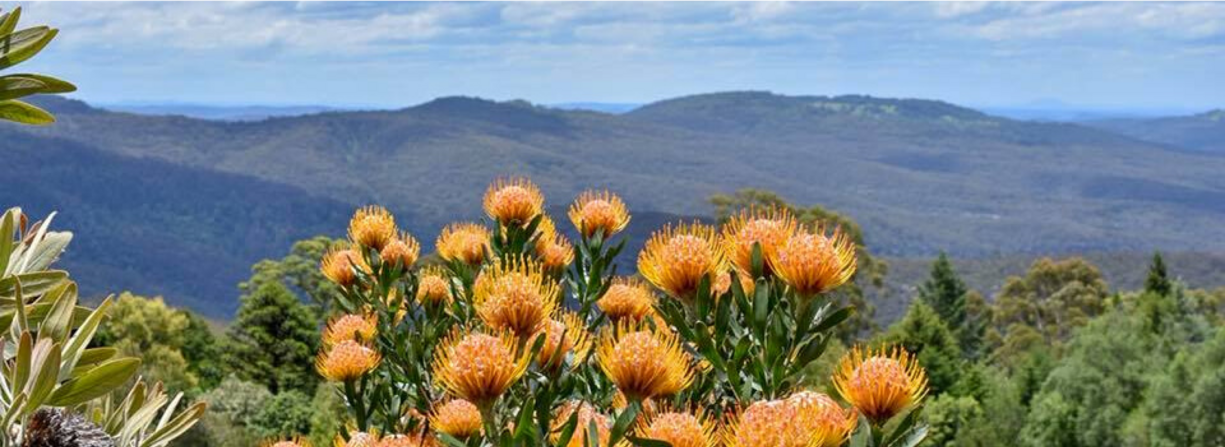
When planting or planning an urban sanctuary, it's important to ensure you have different layers of vegetation to encourage a wider variety of birds to frequent your yard. Outgoing more aggressive birds may flourish in wide open areas, outcompeting shyer birds who prefer shrubbery and bushes such as Callistemons or Lilly Pillys.
Australian birdlife is particularly diverse and consists not only of insectivorous species, but honey eaters and carnivores as well! Grasses such as Kangaroo and Wallaby grass, can help provide seed, shelter and nesting materials, whilst wildflowers, groundcovers and flowering plants such as Banksias and Grevilleas, are essential for nectar, shelter, and insect growth. Take into account flowering and fruiting periods to ensure you have a food source throughout the year. Don't forget to speak to your local nursery about what plants would be suitable for your yard. Check out Birds in Backyards or Sustainable Gardening Australia for more resources on growing your own urban sanctuary.Â
Feeding Native Birds
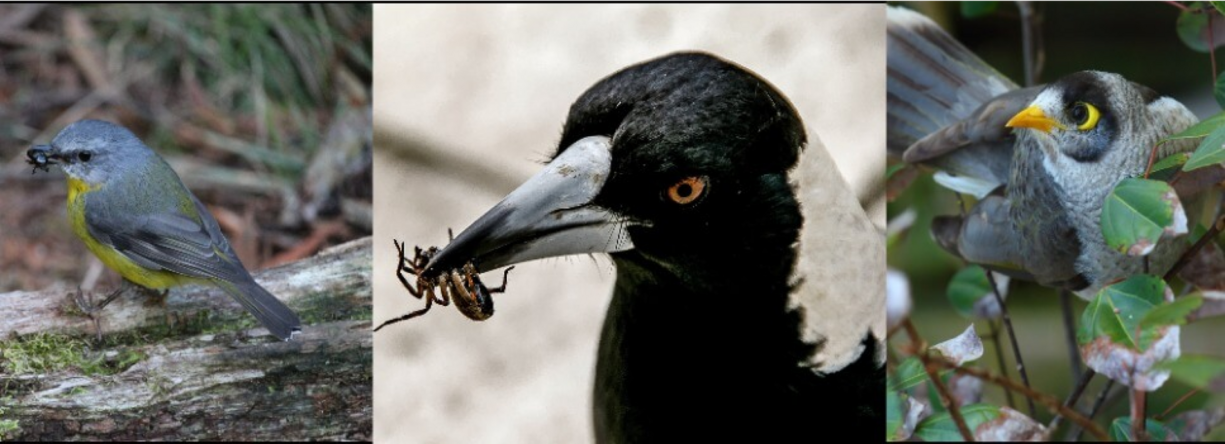
If you do wish to offer food - then only offer food occasionally. Â
For insect eating birds such as finches and robins: Insects such as live or dried mealworms and crickets, commercially made insectivore mixesÂ
For Nectar or Honey Eaters such as Lorikeets, Wattlebirds and Noisy Miners: native blossoms and small amounts of good quality commercial nectar mixes. These nectar mixes should be offered in small amounts, made fresh daily and discarded regularly.Â
For Carnivorous/Omnivorous birds such as Magpies and Kookaburras: mealworms, crickets and mice (frozen mice can be purchased from pet stores and defrosted). Raw meat should not be offered as it can increase the risk of disease. Do not offer plain mince. Raw mince is a poor source of nutrition and does not contain a healthy balance of vitamins and minerals.Â
For Waterfowl such as Swans and Ducks: shredded lettuce, peas, and cornÂ
Your feeder should be made of quality, easy to disinfect materials (such as metal) and placed high up enough to minimise predation. Ensure that you use a veterinary disinfectant to clean the feeder daily.Â
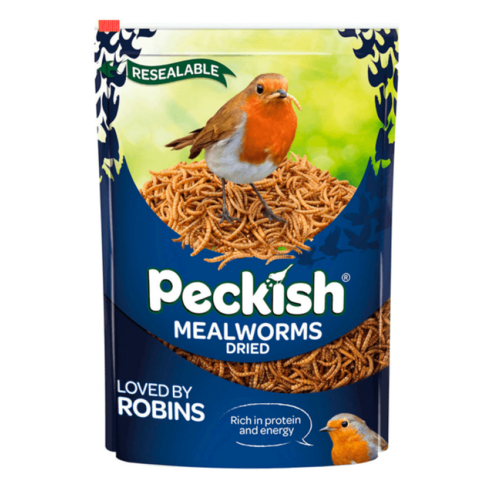
Further Reading
Want to read more? Check out our other articles:
Want to know more? Check out our Discover Page for more tips on keeping your pets happy and h ealthy.
